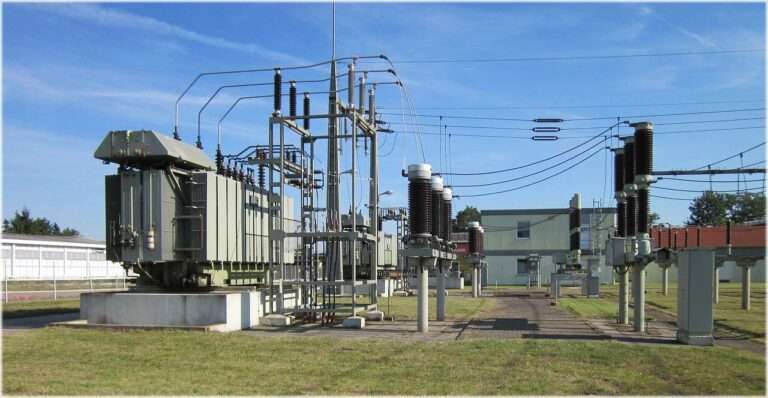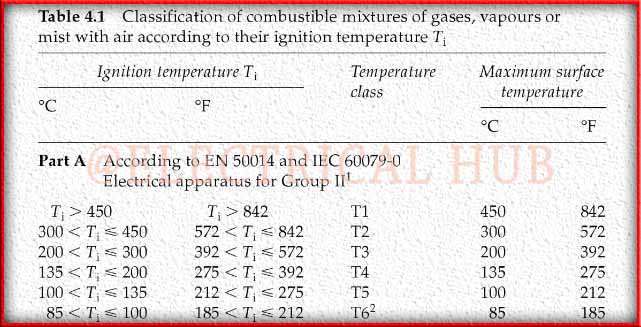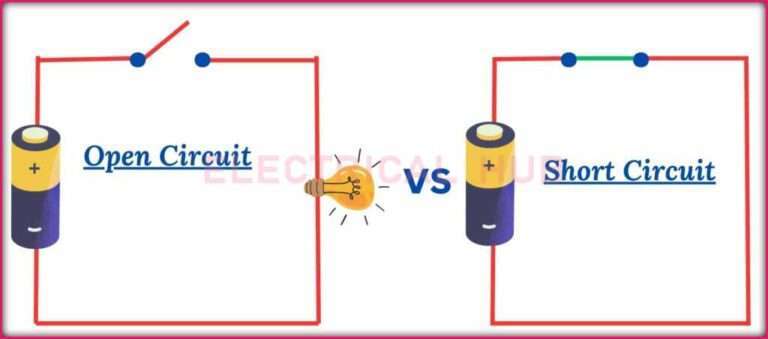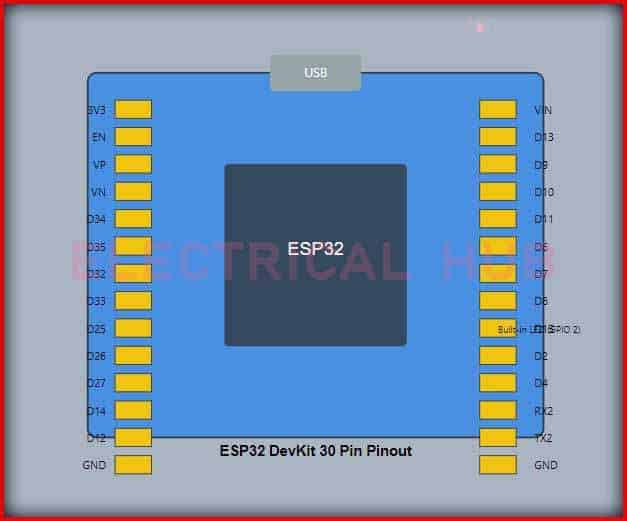Feeder Wire Size Calculator – Accurate Guide for Electricians and Homeowners
Choosing the right feeder wire size is one of the most important steps in electrical design. A correctly sized feeder ensures safety, reduces energy loss, and helps meet code requirements. If the wire is too small, it may overheat or cause a voltage drop that damages connected equipment. On the other hand, oversizing wires increases cost unnecessarily. That is where a feeder wire size calculator becomes extremely useful.
Table of Contents
Table of Contents

Just like a NEC wire size calculator or a sub panel wire size calculator, the feeder wire calculator helps you determine the most appropriate conductor size based on load, distance, and voltage. It saves time and reduces errors in electrical design. Whether you are an electrician, engineer, or a homeowner installing a subpanel, understanding how to size feeder wires correctly is essential.
Before we go deeper, here are some quick key takeaways you should keep in mind when using a feeder wire size calculator:
- Feeder wire size depends on amperage, distance, and allowable voltage drop.
- National Electrical Code (NEC) standards provide the minimum safety requirements.
- Using a feeder size calculator ensures accurate, code-compliant results while saving cost.
- Proper wire sizing improves system efficiency and prevents overheating.
What is a Feeder Wire Size Calculator?
A feeder wire size calculator is a digital tool that helps electricians and homeowners quickly determine the correct feeder conductor size. Feeders are the main conductors that carry power from the service equipment to distribution panels, subpanels, or large loads. Since feeders carry significant current, they must be sized accurately to handle the load safely.
The calculator considers several inputs like current load (amperes), system voltage, distance of run, and allowable voltage drop percentage. With these values, it suggests the proper conductor size in AWG (American Wire Gauge). Compared to manual calculations, a feeder size calculator saves time, reduces mistakes, and aligns results with NEC guidelines.
Use our online tool Power Factor Correction Capacitor Calculator
Why Feeder Wire Size Matters
The correct feeder wire size ensures that the electrical system operates safely and efficiently. If the conductor is undersized, it can lead to overheating, insulation damage, and even electrical fires. Excessive voltage drop may also cause motors, appliances, and sensitive electronics to malfunction.
On the other hand, oversizing wires unnecessarily increases project cost since copper or aluminum conductors are expensive. A feeder wire size calculator balances safety, performance, and cost by recommending the most suitable wire size for the installation.
Factors Considered in Feeder Wire Size Calculation
When using a feeder wire size calculator, several key parameters are taken into account. Understanding these factors helps in interpreting the calculator’s results more effectively.
Load Current (Amperes)
The total connected load in amperes determines the minimum conductor size. Larger loads require thicker wires to carry current without overheating.
Voltage Drop
The NEC recommends keeping voltage drop within 3% for feeders. A calculator checks this by factoring in conductor length and resistance. Longer distances require thicker conductors to minimize losses.
Use our online tool Circuit Breaker Size Calculator for Appliances
Distance of Run
The longer the feeder, the higher the resistance and the more significant the voltage drop. For example, a 100-amp feeder running 100 feet may need a larger conductor than the same feeder running only 20 feet.
Conductor Material
Copper and aluminum are the most common conductor materials. Copper has higher conductivity, allowing smaller sizes for the same load, but it is more expensive than aluminum. A calculator provides results for both materials.
Ambient Temperature and Conduit Fill
Temperature affects conductor ampacity. If the feeder runs through hot environments or crowded conduits, derating factors must be applied.
Typical Feeder Wire Size Requirements
To give you a clear picture, here is a table showing common feeder sizes based on load, assuming copper conductors, 240V single-phase system, and 100 feet run with less than 3% voltage drop.
| Load (Amps) | Minimum Feeder Size (AWG Copper) | Breaker Size (Amps) |
|---|---|---|
| 60 A | #6 AWG | 60 A |
| 100 A | #3 AWG | 100 A |
| 125 A | #1 AWG | 125 A |
| 150 A | 1/0 AWG | 150 A |
| 200 A | 3/0 AWG | 200 A |
| 225 A | 4/0 AWG | 225 A |
This table is only a general reference. Actual sizing should be done using a feeder wire size calculator or by applying NEC rules directly, especially for longer runs or when using aluminum.
Use our online tool Watt to Amp Calculator (Single & Three-Phase)
How a Feeder Wire Size Calculator Works
The operation of a feeder size calculator is simple. You enter the load in amperes, system voltage, distance of run, conductor material, and acceptable voltage drop. The calculator applies Ohm’s Law, resistance values from conductor tables, and NEC derating rules to provide the correct AWG size.
For example, if you need to size a feeder for a 100A subpanel located 150 feet away, the calculator might suggest #1 AWG copper or 2/0 AWG aluminum to keep voltage drop within 3%. Without a calculator, this process would involve multiple tables and formulas from the NEC handbook.
Using a Feeder Wire Size Calculator for Subpanels
A very common use case is sizing feeders for subpanels in garages, workshops, or detached buildings. In such cases, a subpanel wire size calculator or sub panel wire size calculator becomes very handy. The process is identical, but additional considerations such as grounding, neutral separation, and local codes may apply.
NEC Guidelines for Feeder Wire Sizing
The National Electrical Code (NEC) provides the backbone for all feeder sizing decisions. Some important NEC rules include:
- Feeders must be sized to carry 125% of the continuous load plus 100% of the non-continuous load.
- Conductors must be chosen from the ampacity tables in NEC Article 310.
- Voltage drop should be limited to 3% for feeders.
- Breaker size must coordinate with conductor ampacity.
While the NEC offers exact formulas and tables, a NEC wire size calculator or feeder calculator integrates these rules into an easy-to-use tool.
Use our online tool House Wiring Cable Size Calculator – Safe and Efficient Sizing for Home Circuits
Copper vs. Aluminum in Feeder Sizing
One of the biggest decisions when sizing feeders is whether to use copper or aluminum. Copper provides better conductivity and requires smaller wires for the same load. It is also more durable and less prone to corrosion. However, aluminum is significantly cheaper and lighter, making it popular for long feeder runs.
A feeder wire size calculator typically provides results for both copper and aluminum, allowing you to compare cost versus performance. For example, a 200A feeder may require 3/0 copper or 250 kcmil aluminum. The cost savings of aluminum may be attractive, but you must ensure proper terminations and anti-oxidation compound usage.
Common Mistakes in Feeder Wire Sizing
Even with calculators available, mistakes can occur if inputs are not accurate. Some of the most common errors include:
- Ignoring distance and voltage drop in calculations.
- Using breaker size directly instead of actual load current.
- Forgetting to apply derating for temperature or conduit fill.
- Selecting aluminum without proper connectors or anti-oxidation treatment.
Avoiding these mistakes ensures safe, efficient installations.
Practical Example of Feeder Wire Size Calculation
Let’s consider a practical case. Suppose you are installing a subpanel in a detached workshop. The load requirement is 100A, the distance is 120 feet, and you want to keep voltage drop under 3%.
By entering these values into a feeder wire size calculator, the results might show:
- Copper: #1 AWG
- Aluminum: 2/0 AWG
You then select the appropriate conductor based on budget, availability, and project requirements. This example shows how valuable a calculator can be in real-world applications.
Advantages of Using a Feeder Wire Size Calculator
- Saves time by avoiding manual table lookups.
- Ensures compliance with NEC rules.
- Helps balance cost and performance.
- Reduces risk of errors and rework.
- Provides quick results for both copper and aluminum conductors.
Use our online tool Wire Size Calculator for Subpanels and Feeders – NEC Guidelines Included
Key Takeaways for Electricians and Homeowners
When working with feeders, accuracy is critical. A feeder wire size calculator is not just a convenience tool but a safety and cost-saving necessity. Always verify results against NEC rules and consider factors like distance, voltage drop, and conductor material. Whether you are working on a residential subpanel, a commercial feeder, or an industrial installation, proper wire sizing ensures long-term reliability.
Conclusion
Sizing feeder wires correctly is a vital part of electrical system design. A feeder wire size calculator simplifies this process by integrating NEC guidelines, voltage drop considerations, and conductor material choices. By using tools like the NEC wire size calculator, sub panel wire size calculator, and feeder size calculator, you can achieve accurate, code-compliant results without spending hours on manual calculations.
Follow Us on Social:
Subscribe our Newsletter on Electrical Insights for latest updates from Electrical Engineering Hub
#FeederWireSizeCalculator, #ElectricalWiring, #WireSizeCalculator, #ElectricalSafety, #NECStandards, #ElectricalEngineering, #SubPanelWiring, #HomeElectrical, #ElectriciansGuide, #WireSizing, #ElectricalLoad, #CircuitDesign, #ElectricalInstallations, #PowerDistribution, #ElectricalWork






